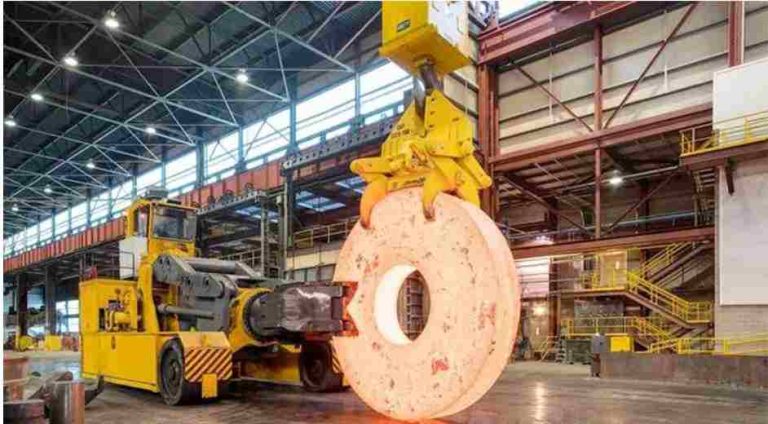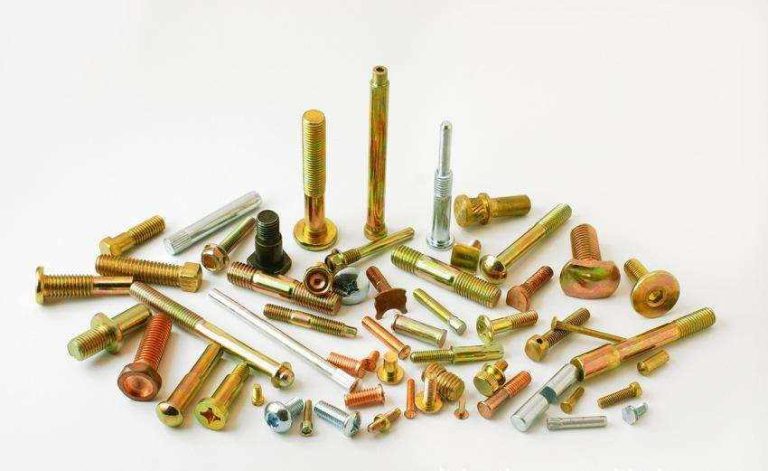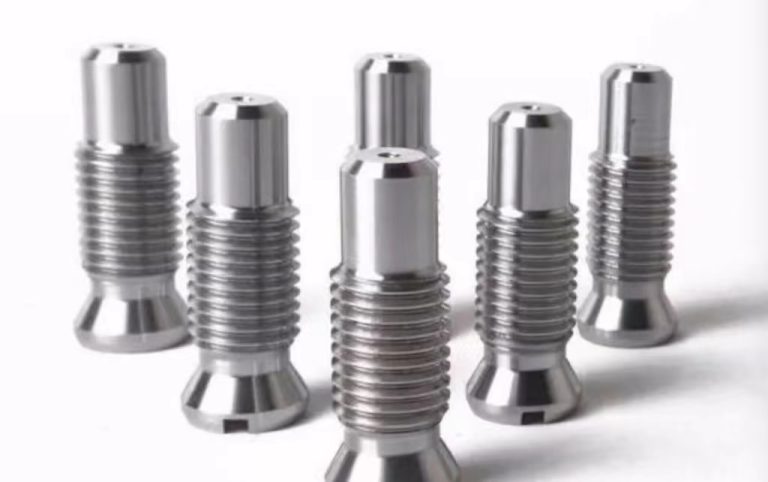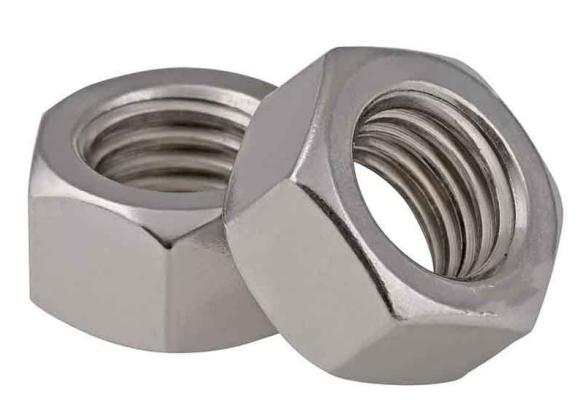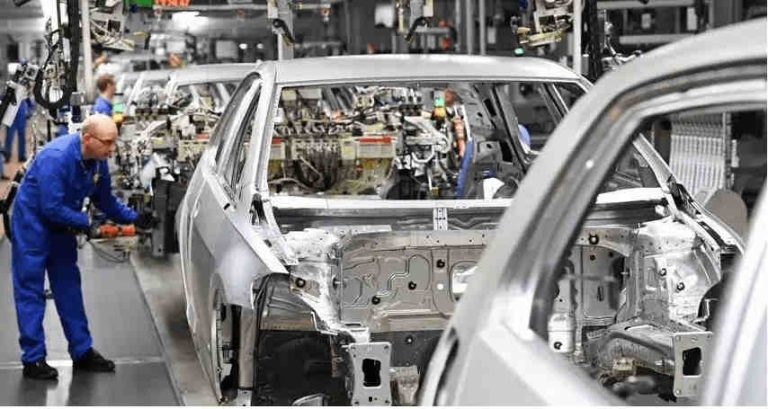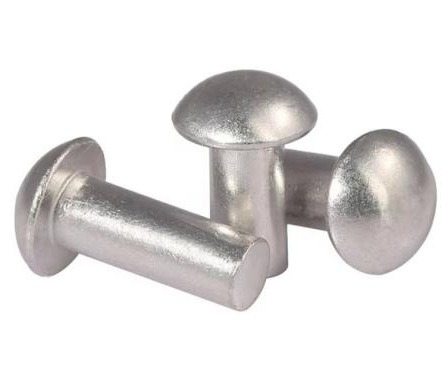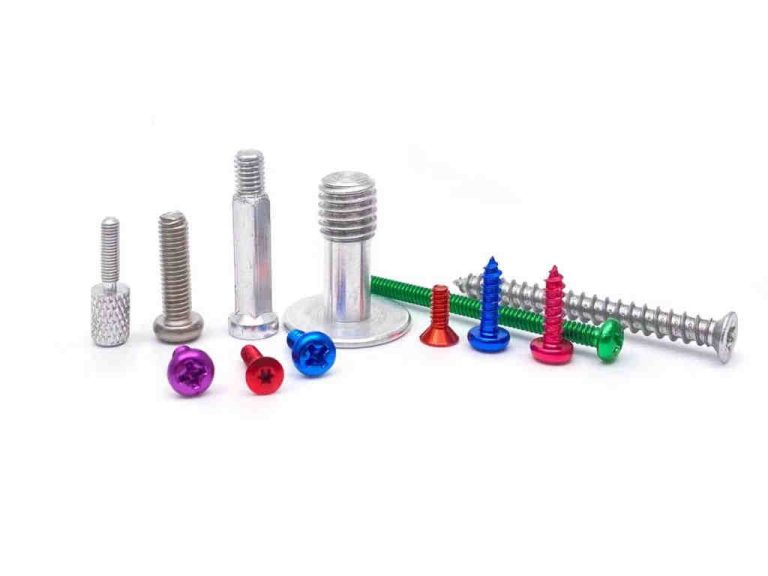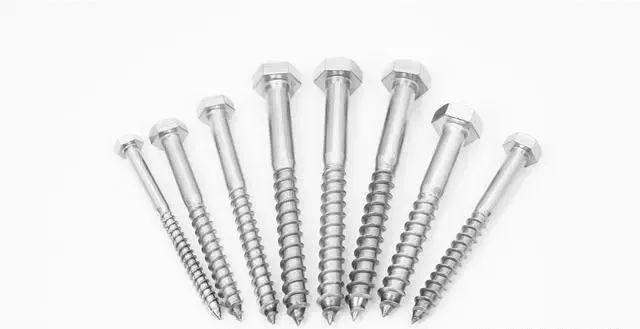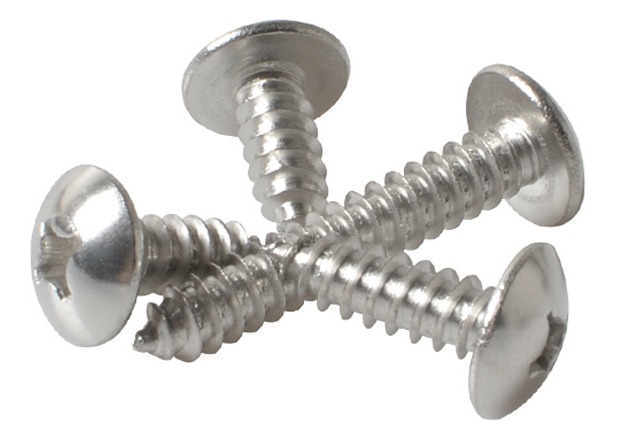Key Points Of Forging Process Used In Manufacturing Of Fasteners
Forging is commonly used in fastener manufacturing processes. The precision forging process with the advantages of high efficiency, low cost, low energy consumption and high quality, has been more and more widely used. Definition Of Forging Process In Manufacturing Of Fasteners Forging is a processing method that uses forging machinery to exert pressure on the metal blank for generating plastic deformation to obtain forge…

